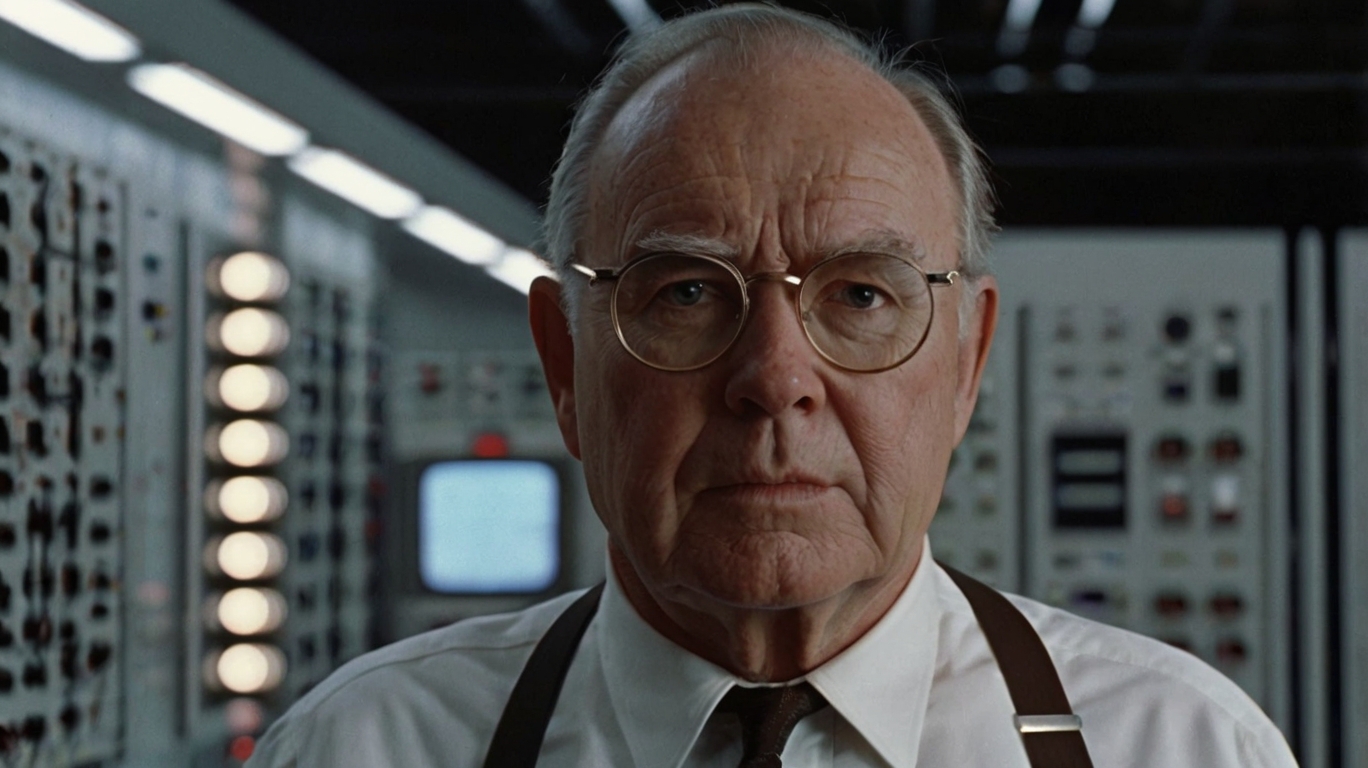The Moore’s Law has been a cornerstone of technological innovation for decades. Coined by Gordon Moore in 1965, this principle predicts the exponential growth of computing power, fundamentally transforming industries and shaping the digital era. But what is Moore’s Law, and why does it matter? This article delves deep into its origins, impact, and future in the ever-evolving semiconductor landscape.
What is Moore’s Law?
Moore’s Law states that the number of transistors on a microchip doubles approximately every two years, resulting in enhanced processing power and reduced costs. This observation has been pivotal in defining the pace of innovation in computing. Notably, Moore’s prediction wasn’t a law of physics but an empirical observation that became a self-fulfilling prophecy for the semiconductor industry.
The Origins of Moore’s Law
In 1965, Gordon Moore, co-founder of Intel, published a paper in Electronics magazine outlining his vision. Initially, Moore estimated transistor density doubling annually. Later, in 1975, he revised this prediction to the widely recognized two-year timeline. This concept provided a roadmap for engineers, encouraging relentless innovation to meet its expectations.
The Impact of Moore’s Law
1. Semiconductor Advancements
The relentless drive to meet Moore’s Law catalyzed groundbreaking innovations in integrated circuit design and manufacturing. Today, chips are smaller, faster, and more efficient than ever imagined.
2. Economic Implications
By making computing power cheaper, Moore’s Law democratized access to technology. It fostered the proliferation of personal computers, smartphones, and IoT devices, boosting economic growth globally.
3. Cultural Revolution
The exponential increase in computational power enabled advancements in fields like AI, data analysis, and entertainment. For example, video games have evolved from simple 8-bit graphics to hyper-realistic environments.
Challenges and the Slowdown
While Moore’s Law has driven decades of innovation, it is not without challenges. The physical limits of silicon, increasing production costs, and the complexity of miniaturization have raised concerns about its sustainability. Many experts believe we are nearing the end of Moore’s Law, but alternative technologies like quantum computing and neuromorphic chips could redefine the trajectory.
Transition Words in Action
To understand the broader implications, it is essential to explore related aspects. For instance, how does Moore’s Law compare to other technological frameworks? Moreover, what alternatives might emerge if Moore’s Law truly reaches its limits? Notably, the industry is already exploring solutions like three-dimensional chip stacking and photonic circuits.
The Future
Despite signs of slowdown, innovation in semiconductor technology continues unabated. Companies like Intel, NVIDIA, and TSMC are investing heavily in research to overcome current limitations. Additionally, emerging fields such as AI-driven chip design and advanced materials like graphene promise exciting breakthroughs.
Conclusion
Moore’s Law is not merely a technical concept; it represents humanity’s unyielding drive to push boundaries. While its future remains uncertain, its legacy is undeniable. As the industry pivots to new paradigms, the spirit of Moore’s Law will likely endure, fueling progress in unforeseen ways.
Read more about technology here.
image credits https://leonardo.ai

